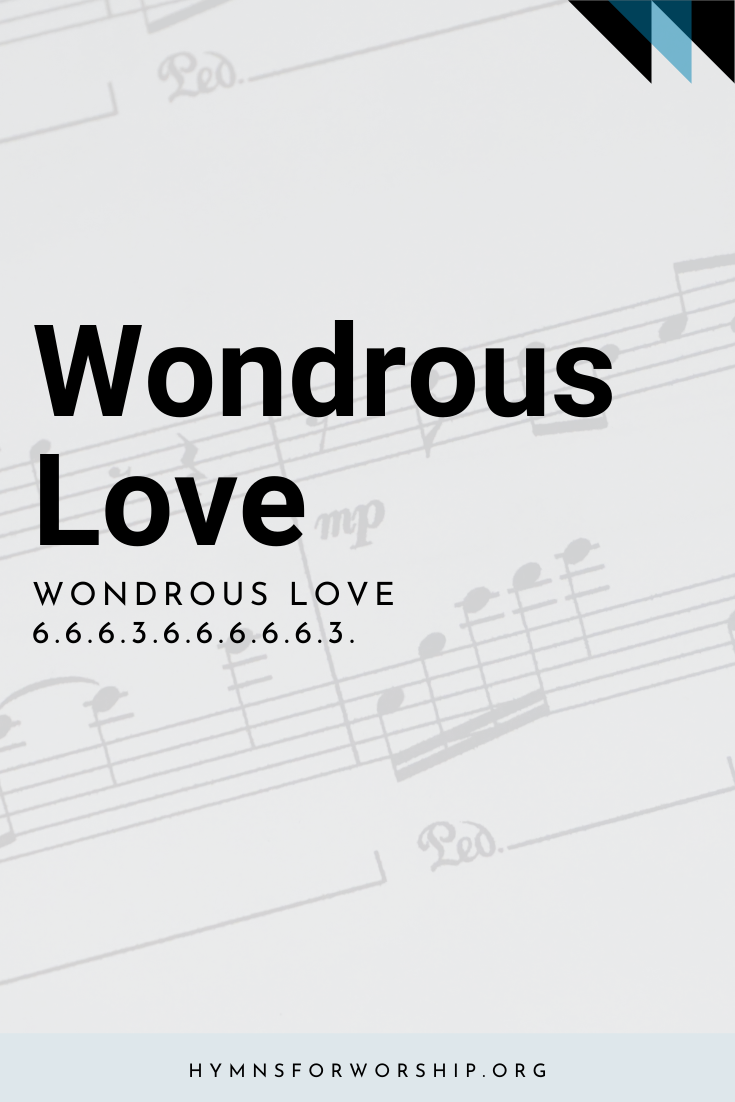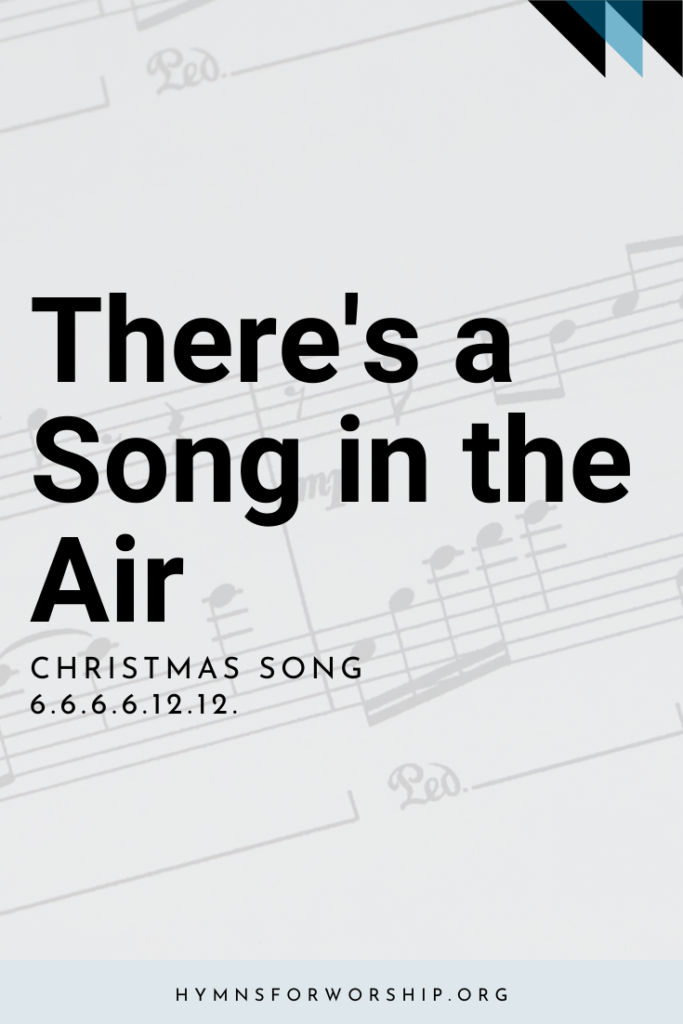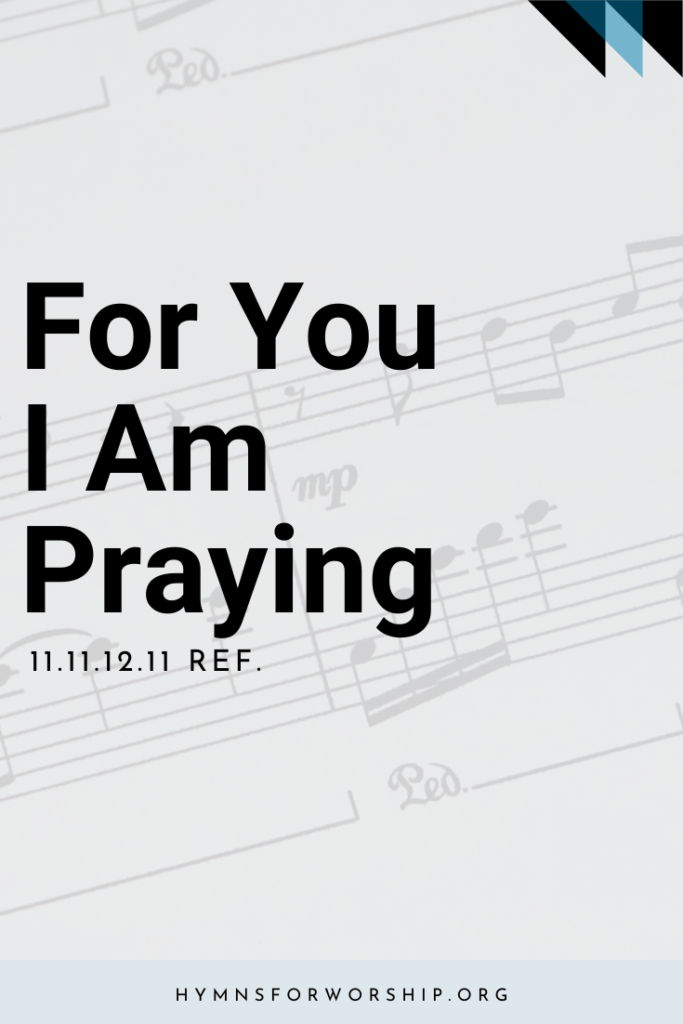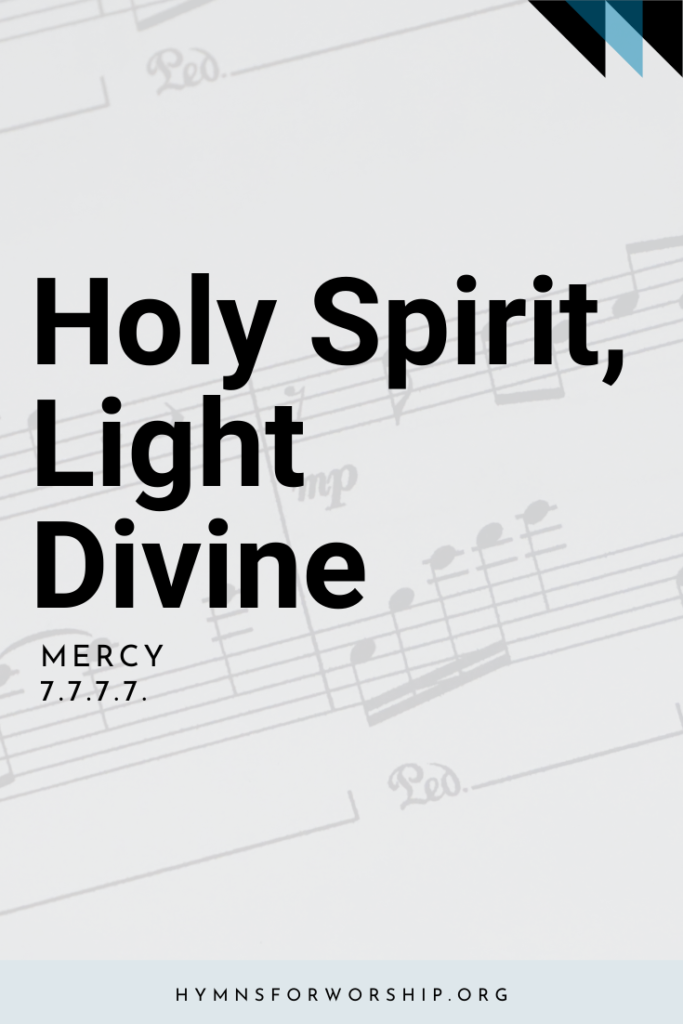JESUS CHRIST >> SUFFERINGS & DEATH
SDAH 162
What wondrous love is this,
O my soul, O my soul?
What wondrous love is this, O my soul?
What wondrous love is this

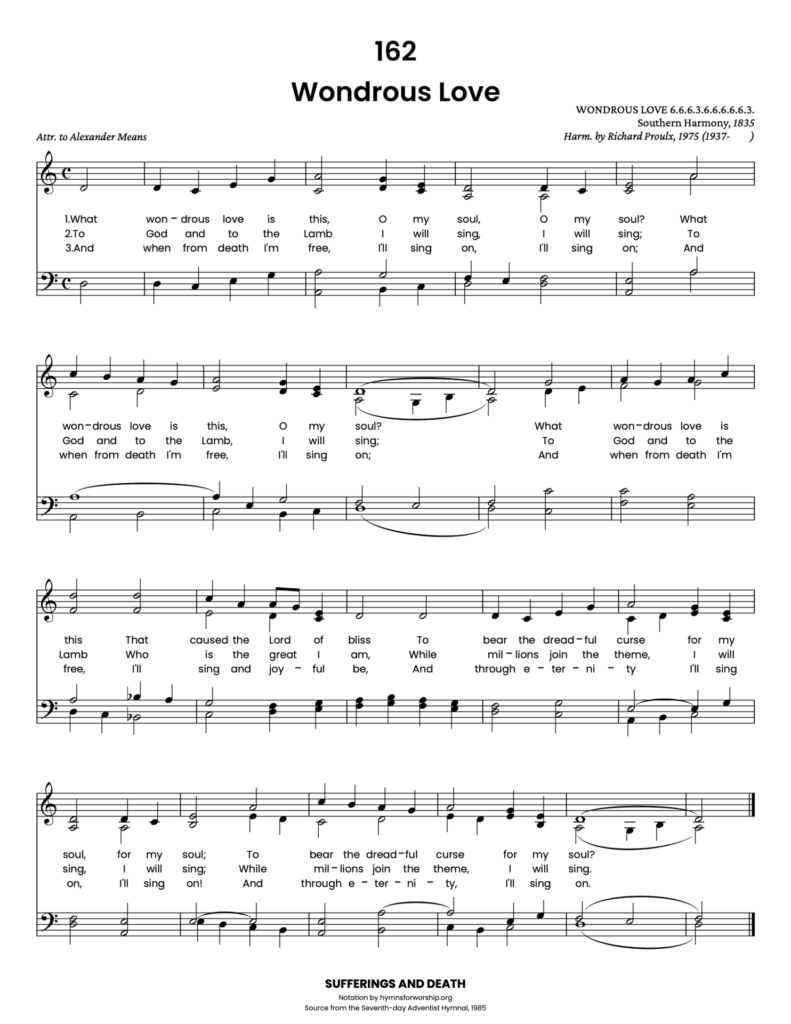
Get the hymn sheet in other keys here
For Worship Leaders
Make each hymn more meaningful with these helpful tools: Short, ready-to-use hymn introductions for church bulletins, multiple ways to introduce a hymn based on your worship theme and in-depth history and insights to enrich your song service.


Text
1
What wondrous love is this,
O my soul, O my soul?
What wondrous love is this, O my soul?
What wondrous love is this
That caused the Lord of bliss
To bear the dreadful curse for my soul, for my soul;
To bear the dreadful curse for my soul, for my soul;
2
To God and to the Lamb
I will sing, I will sing;
To God and to the Lamb, I will sing;
To God and to the Lamb
Who is the great I am,
While millions join the theme, I will sing, I will sing;
While millions join the theme, I will sing, I will sing;
3
And when from death I’m free,
I’ll sing on, I’ll sing on;
And when from death I’m free, I’ll sing on;
And when from death I’m free,
I’ll sing and joyful be,
And through eternity I’ll sing on, I’ll sing on!
And through eternity, I’ll sing on.

Hymn Info
Biblical Reference
(a) Gal 3:13 (b) Ex 3:14
Author
Attr. to Alexander Means
Performance Suggestions
Unison
Hymn Tune
WONDROUS LOVE
Metrical Number
6.6.6.3.6.6.6.6.6.3.
Harmonized
Richard Proulx, 1975 (1937-2010)
Tune Source
Southern Harmony, 1835
Copyright
Copyright 1975 by GIA Publications., Chicago, IL. All rights reserved.
Watch
Recommended Reading
Back in 1981, several hymn societies gathered together in St. Catherine’s College in Oxford for their annual meeting. The chairmen of these societies were asked to “choose hymns that reflected the congregational song of their region of the world.” Carlton Young, then President of the American Society, chose four hymns to represent the diversity of the United States, the first of which was ‘What wondrous love is this’. According to him, these hymns are the “representative choice of American 19th-century folk hymnody.”
Why would this hymn lend itself to represent such a vast and diverse country as the United States?
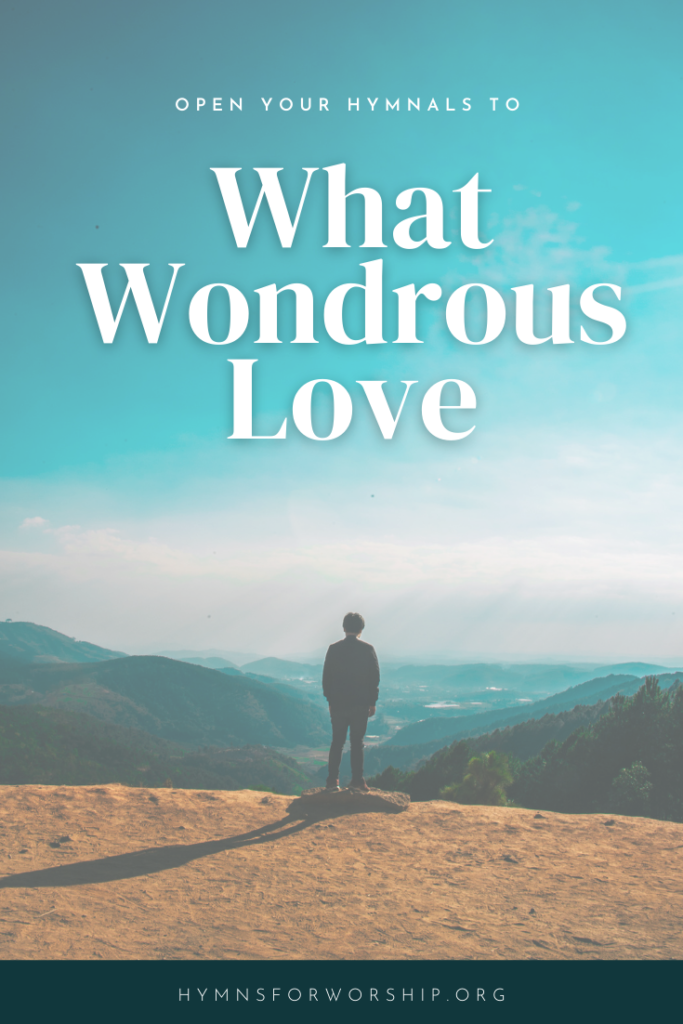
Notes
Make each hymn more meaningful with these helpful tools: Short, ready-to-use hymn introductions for church bulletins, multiple ways to introduce a hymn based on your worship theme and in-depth history and insights to enrich your song service.
The love of God for you and me is displayed in the death of Jesus on the cross of Calvary. It is a great wonder that the Lord of glory would die on our behalf to bear the curse of sin that we are suppose to bear. The greatness of His love will be the theme of our songs through all eternity. (Lesson 11, 2nd Quarter 2021 – Tuesday, The Substitution, 6/8/2021)
God’s wondrous love caused Him to bear the dreadful curse for us and die in our behalf to save us. As a result His love will be the theme of our songs throughout the eternal ages to come. Join the millions who will sing about His wondrous love through all eternity. (Lesson 12, 2nd Quarter 2021 -Monday, The Covenant and the Sacrifice, 6/14/2021)

